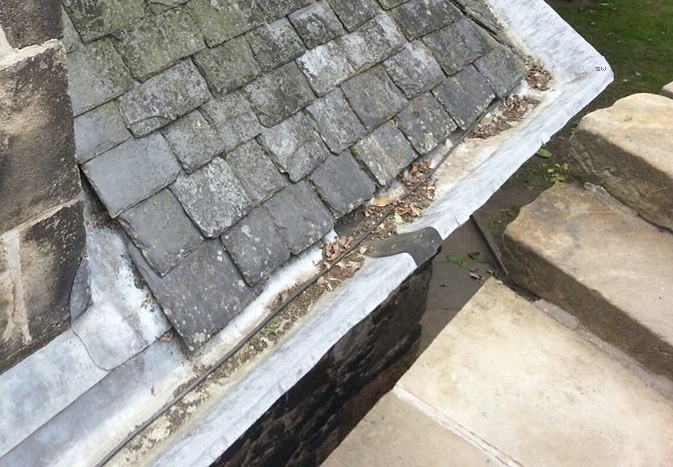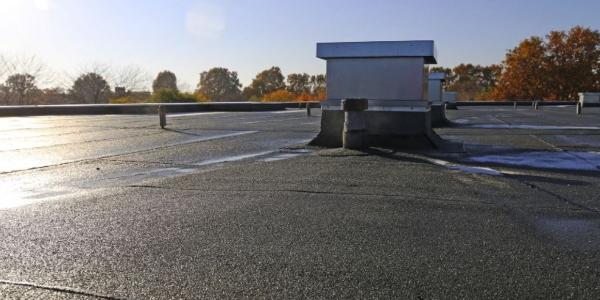The Life Expectancy of Your Roof

A homeowners guide to the longevity of each roofing material.
Roof repair or replacement is expensive. It is important for a homeowner to know the longevity of the roof materials they choose so they can make an informed decision with such an investment. Here is a run through of everything you need to know about residential roofing materials to calculate how long your roof will last.
Asphalt shingles
Barring significant weather events or disasters and with proper maintenance, an asphalt shingle roof will last 15-25 years. However, around the 15 year mark your roof will need to be inspected by a professional, especially if you have experienced severe weather issues.
Look out for major cracks, shingles that are curled around the edges or missing granules as these are signs your asphalt shingles might need to be replaced or repaired. A hailstorm, tornado, blizzard, or other catastrophic weather event could shorten the lifetime, prompting untimely repairs or replacement.
Metal roofing
Metal roofing systems are becoming increasingly popular for residential homes, thanks to their longevity. With proper installation and maintenance, metal roofs can last for decades. Typically, a metal roof can last for up to 50 years or even longer if it is well cared for and no major storms or other problems occur. In fact, copper or zinc can remain beautiful and fully functional for 100 years, making their high upfront cost well worth the investment.
Low-slope and flat roofing
If your home has a flat or low-sloped roof, a roofing membrane such as EPDM can be an ideal choice due to its low cost and ease of installation and repair. However, EPDM roofs only last 5-15 years and are prone to leakage due to their glued or taped seams. TPO or PVC roof membranes are more costly but relatively more durable alternatives for flat or low-sloped roofs.
Cedar shake and wood shingles
Cedar roofing offers an elegant and timeless appearance. It’s highly rot- and insect-resistant, making it last for decades or even longer with proper maintenance. Typically, cedar shingles or shakes can last 30-40 years depending on the climate, level of maintenance, and presence of any overhanging trees which can cause faster deterioration. When you begin to notice cedar shingles or shakes peeling or cracking, then you know it is time to consider repairing or replacing your roof.
Tile
Tile roofing systems are popular in warmer, wetter climates due to their impressive heating and cooling efficiencies and water resistance. The lifespan of your tile roof will largely depend on the specific type of tile you choose and the prevailing weather conditions in your region. Overall, tile roofs can last 100 years or longer with proper care.
While the lifespan of your roof will largely depend on the specific roofing material you choose, the installation technique and maintenance routines will significantly shorten or prolong the life expectancy of your roof. Always work with a reliable, local roofer for all your roofing and maintenance needs.
Have a question? AskARoofer.
Find your local roofing contractor in the RoofersCoffeeShop® Contractor Directory.
Original article source: Guardian Home Services










Comments
Leave a Reply
Have an account? Login to leave a comment!
Sign In